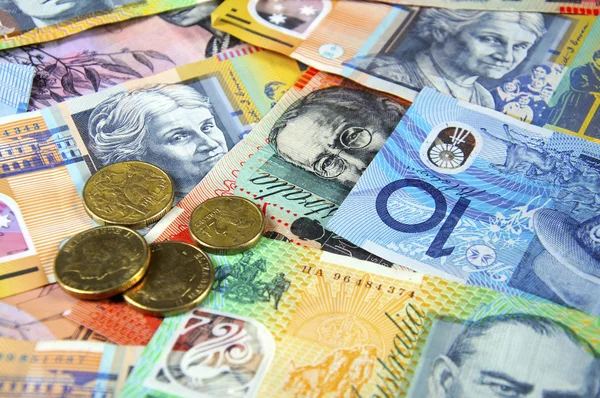Australian dollar fell more this week as domestic statistics came in weaker.
The Australian Dollar (AUD) remained under pressure following the release of the AiG Industry Index on Wednesday. Which showed a general drop in private company activity in Australia in March. However, with the Reserve Bank of Australia’s (RBA) meeting slated for next week. Interest rates are widely expected to remain at their present level of 4.35%.
According to the Australian Industry Index, private business activity is now contracting.
The Australian Dollar fell after lower-than-expected Aussie Retail Sales statistics were announced on Tuesday. Potentially impacting the RBA’s hawkish Position on interest rates. However, higher-than-expected domestic inflation data reported last week has fueled speculation. That the central bank may postpone interest rate decreases.
The US dollar continues to rise after a higher Employment Cost Index was reported on Tuesday.
The US Dollar Index (DXY), which measures the performance of the US Dollar (USD) versus six major currencies. Continues to rise ahead of the US Federal Reserve’s (Fed) policy meeting set for Wednesday. Following higher-than-expected Employment Cost Index data, US bond yields rose, adding to the USD’s strength. Furthermore, Fed officials’ hawkish views, indicating no immediate need for rate decreases, harmed the AUDUSD pair.
Traders are anticipated to watch the ADP Employment Change and ISM Manufacturing PMI from the United States (US) on Wednesday. Ahead of the Fed’s Monetary Policy Statement. These releases will certainly provide additional insights. into the current situation of the US economy.
Daily Market Movers: Australian Dollar Extends Losses Following Weak Aussie Data.
The AiG Australian Industry Index fell by 3.6 points in April to -8.9 points. Indicating a continuation of contractionary patterns over the previous two years. March’s figure was -5.3.
The ASX 200 index opened trading down on Wednesday, with all 11 sectors declining. This decline came after strong US job data shocked Wall Street, heightening concerns about long-term inflation and the possibility that the US Federal Reserve (Fed) may keep interest rates higher.
According to the Financial Review, ANZ forecasts the Reserve Bank of Australia will begin lowering interest rates in November, citing last week’s inflation figures that exceeded expectations. Similarly, Commonwealth Bank, Australia’s
The largest mortgage lender has altered its projection for the RBA’s first interest rate decrease, now expecting a single cut in November.
During the first quarter, the US Employment Cost Index increased by 1.2%, the largest increase in a year and exceeding estimates of 1.0% and the prior number of 0.9%. This latest data reveals ongoing wage pressures, which may intensify the effects of sustained inflation in the US economy.
In March, seasonally adjusted Australian retail sales fell short of estimates. This was the first dip since last December, with turnover falling across all industries.
Federal Reserve will maintain interest rates at their current level during the June meeting.
According to the CME FedWatch Tool, the likelihood that the Federal Reserve will maintain interest rates at their current level during the June meeting has grown to 91.6%, up from 81.2% a week earlier. This narrative of the Fed raising interest rates for an extended period of time is strengthening the US dollar and providing a challenge to the AUDUSD pair.
According to the Economic Times, Fed Chair Jerome Powell stated on Monday that it will take “longer than expected” to acquire confidence that inflation is on track to meet the central bank’s 2% target. Powell also stated that the central bank may keep interest rates high for “as long as needed.” Fed Governor Michelle Bowman voiced her concern about “upside risks” to inflation. Meanwhile, Minneapolis Fed President Neel Kashkari suggested the likelihood of no rate decreases taking place this year.









